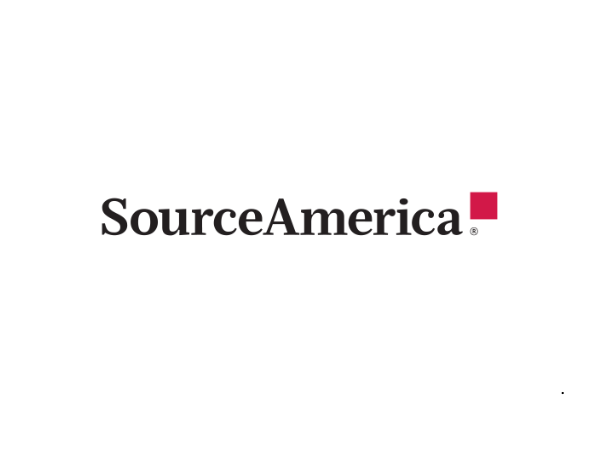How to Build Better Supplier Relationships While Boosting Efficiency
- SPESA
- Dec 7, 2022
- 4 min read
Updated: Jan 18, 2023
Guest Editorial in Sourcing Journal
If there’s one positive that came out of the pandemic, it’s that many companies recognized the value of trusted supplier relationships and took steps to improve them. Companies saw the urgency to avoid a repeat of 2020’s “Great Cancellation,” which not only left suppliers on the hook for order and payment cancellations, but damaged relationships for the future.
Relationships are being tested again (albeit to a lesser degree) as 2022 inventory excesses add pressure, but the industry is better prepared. To restore trust after buyer-supplier relationships hit a low point in 2020, many companies implemented visibility tools to build more transparent systems and proactively optimize inventories and better manage demand.
“Over the past year, we have witnessed many significantly improved supplier/buyer relationships. Lessons were learned by both buyers and suppliers that have led to stronger, more trust-based relationships,” said Paul Magel, president, application solutions and technology outsourcing, CGS.
CGS has a lot to benchmark against. For nearly 40 years, the company has led the charge for digital transformation in the fashion and consumer goods industries by developing solutions and services that address the needs of all core management, planning, product development, manufacturing, supply chain, logistics, finance and sales functions. The result is a network of more than 500 clients and 250,000 users around the globe.
Controlling the shop floor
As the fashion industry looks to strengthen buyer/supplier relationships, it’s clear companies are stepping up their supply chain digitalization, especially on the factory floor.
A recent report from The National Association of Manufacturers revealed that 52.6 percent re-evaluated their company’s entire supply chain, and Shop Floor Control (SFC) technology is a crucial piece of the puzzle to meaningful change.
“The power of supply chain visibility and actionable information enables both parties to anticipate, navigate and share risks,” Magel said. “Today’s brands and retailers realize they must focus on strengthening relationships. Investing in digital connectivity like Shop Floor Control (SFC) is critical to current and future success.”
CGS recently transformed this into a valuable tool for all stakeholders in the supply chain by enabling offsite managers and executives to track production milestones, KPIs, quality, delays, ESG compliance and other essential activities. As a result, SFC is now front and center for buyers’ executive, sourcing and supply chain management teams.
Real-time tracking and information enable retailers, brands, manufacturers and suppliers to instantly know their exact workflow, delays and order status without waiting for reports, emails, or returned phone calls or texts.
“These days, it takes real-time visibility into every aspect of the demand and supply chain to consistently compete and win,” said Magel. “With digital transformation on the minds of virtually every industry stakeholder, the need to fully digitize operations has never been more apparent.”
Improving cooperation
Companies have been deploying technology across various process areas over the years, but the tremendous challenges the industry has faced in the past couple of years accelerated the urgency for buyers and suppliers to share more information. Cloud computing has facilitated this by breaking down traditional barriers to enable greater visibility, collaboration, mobility, accessibility, flexibility, performance and more.
“Today’s demand and supply chain partners have a much stronger sense of urgency and cooperation toward digitizing their entire process,” said Magel. “Thinking back to pre-pandemic times reminds everyone just how much change has occurred in such a short time. We are proud to have helped so many retailers, brands and manufacturers respond to overcome these challenges.”
The pandemic also placed more focus on sustainability and worker’s rights, pushing many ESG issues into the forefront. And the best way to identify, measure and improve shared ESG goals and compliance is via digitalization that allows for real-time transparency and control of all supply chain processes.
For example, SFC technology gives retailers and brands the visibility they need to ensure their suppliers are socially responsible. When researching new suppliers, companies can request SFC data from prospective partners to ensure incentive compensation programs are managed consistently and equitably based on fair standards and accurate information about what is happening on the factory floor.
The solution also helps confirm associates are incentivized and paid fairly, while also encouraging prompt, consistent handling of off-standard events and activities. SFC technology gives all parties clear visibility to and understanding of pay practices. This includes production workers, manufacturing managers, supervisors, mechanics, quality assurance personnel, sourcing executives, brands and retailers.
“It empowers everyone to make better business decisions,” says Magel.
While admitting the industry is not perfect, Magel is encouraged by the “measurable progress” being made, most notably “the apparent shift many buyers are making to put the traditional cost-per-unit priority on a more level footing with factors like supply chain resiliency, flexibility and ESG goals.”
Download the whitepaper “How to Build Better Supplier Relationships While Boosting Efficiency” and get insights on how real-time information, enables both suppliers and buyers to anticipate, address and work together to overcome challenges.
This guest editorial from CGS, Inc. was published in Sourcing Journal December 7, 2022. CGS, Inc. is a SPESA member.
SPESA members are encouraged to email news and releases to marie@spesa.org or maggie@spesa.org to be featured under Member Spotlights.
.png)




Comments